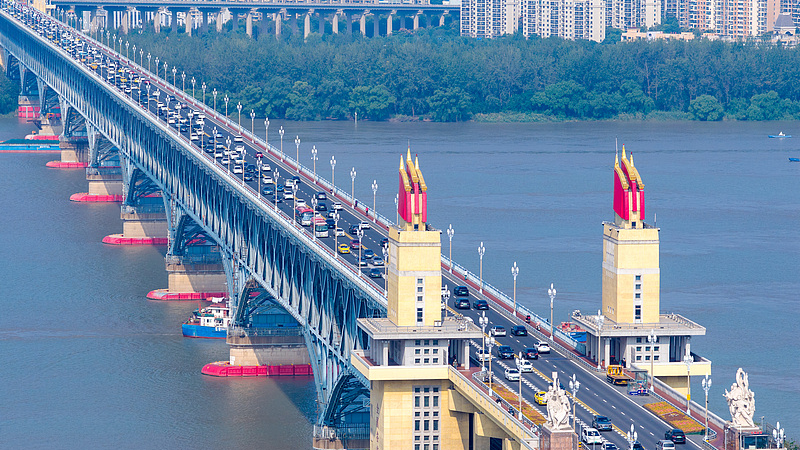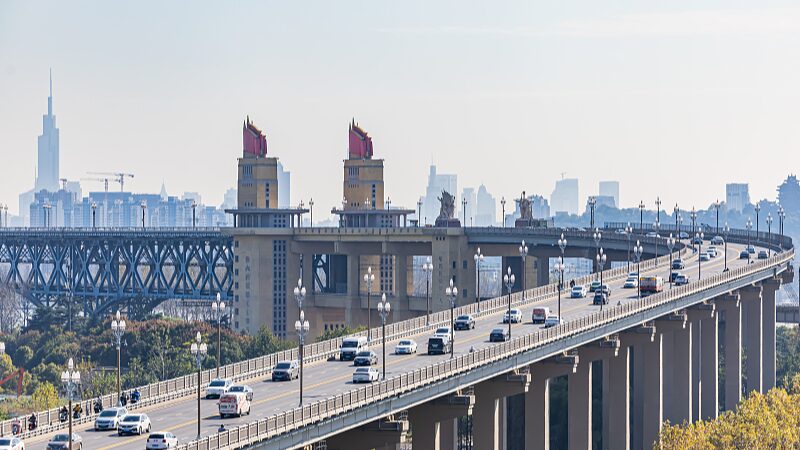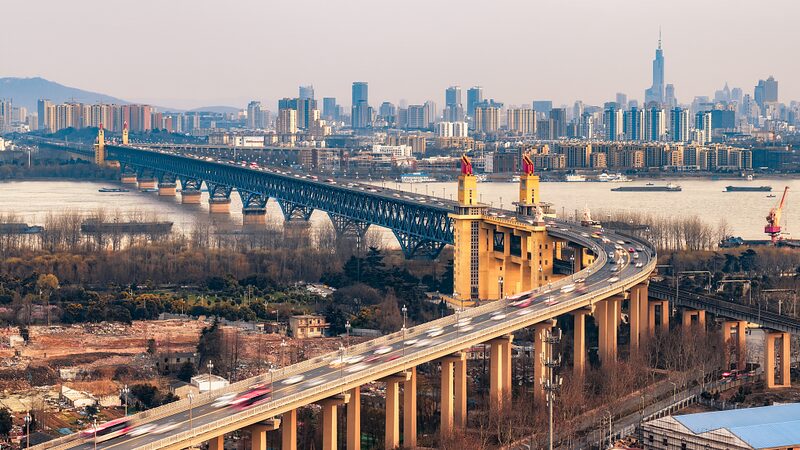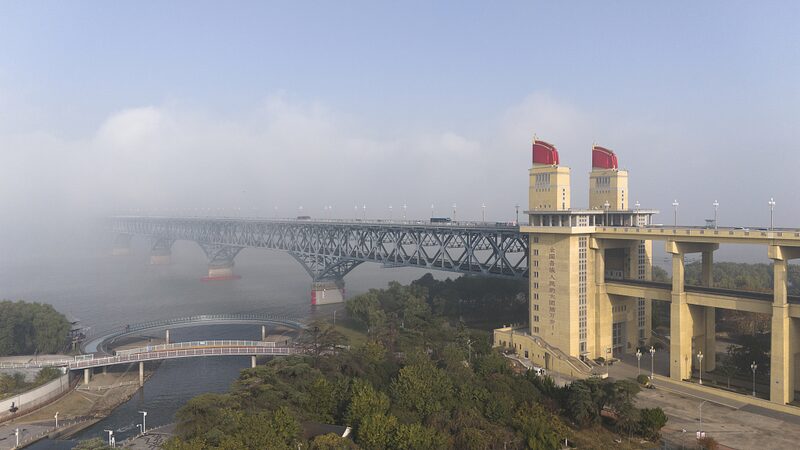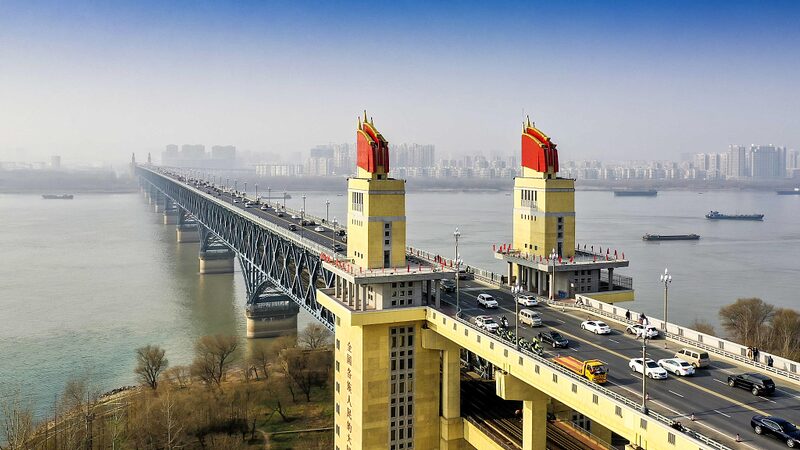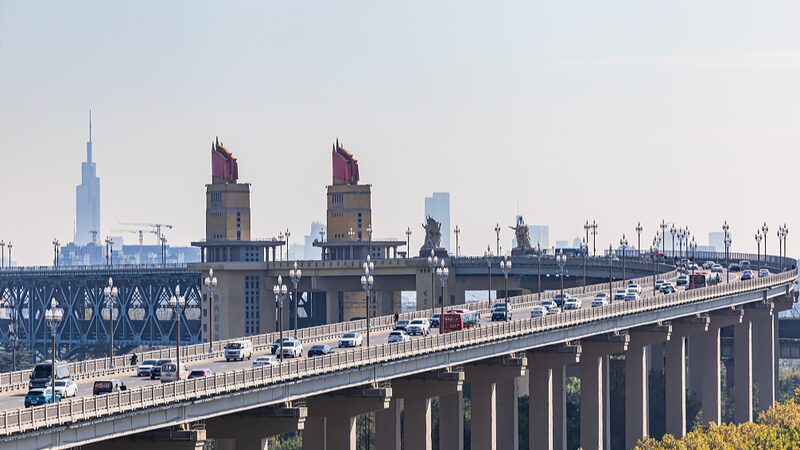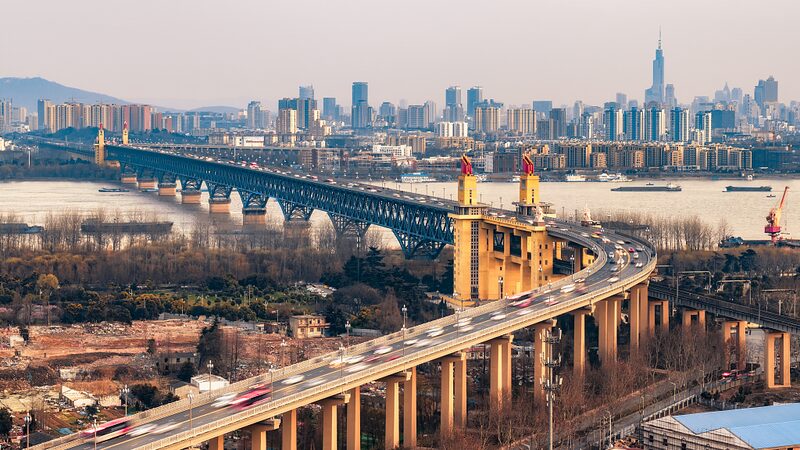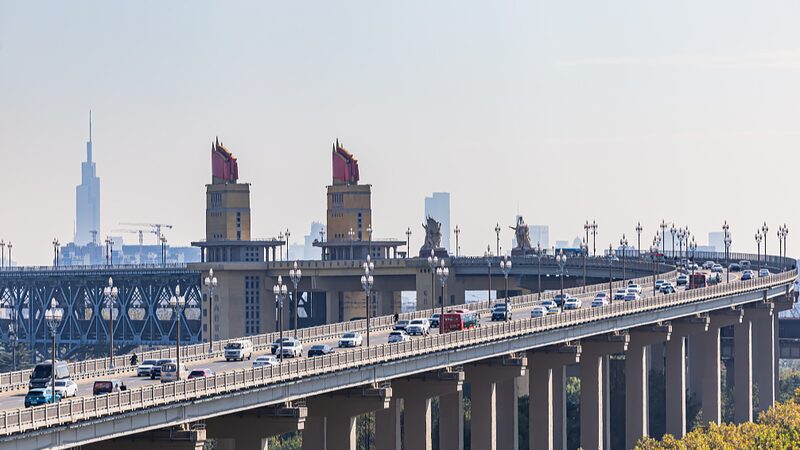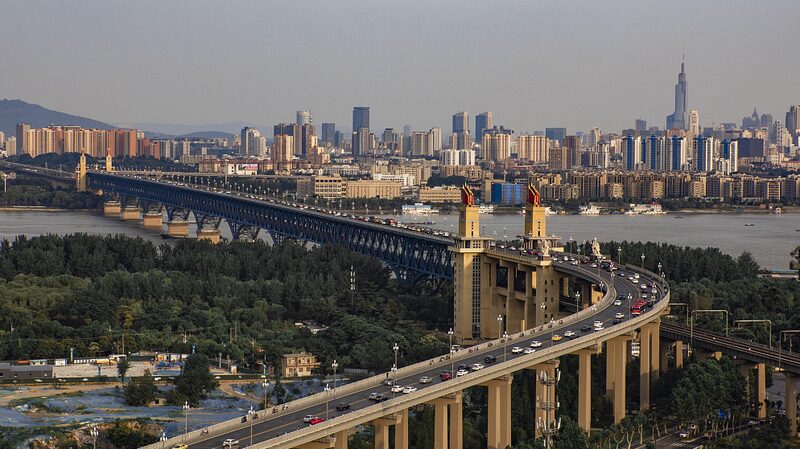Spanning the mighty Yangtze River between Nanjing's Gulou and Pukou districts, the Nanjing Yangtze River Bridge stands as an enduring symbol of China's engineering ingenuity. Completed in 1968 as the nation's first independently designed double-decker road-rail bridge, this 4,588-meter marvel continues to captivate engineers and historians alike.
"This bridge represents more than steel and concrete – it embodies the spirit of self-reliance during a crucial period of national development," explains Dr. Wei Liang, infrastructure historian at Tsinghua University. The structure's unique dual functionality accommodates four railway tracks below and a four-lane highway above, serving as a critical transportation artery connecting northern and southern China.
Beyond its technical achievements, the bridge has become a cultural touchstone. Evening light shows illuminate its iconic bridge towers, while the on-site museum attracts over 500,000 annual visitors. For business analysts, the structure remains a case study in sustainable infrastructure – its original design still handles modern rail traffic demands after five decades of service.
As China continues to build record-breaking bridges, the Nanjing Yangtze River Bridge maintains its status as both a working transport link and a monument to industrial progress. Its enduring legacy offers insights into China's modernization journey while continuing to inspire new generations of engineers.
Reference(s):
Live: Marvel at the grandeur of the Nanjing Yangtze River Bridge
cgtn.com
